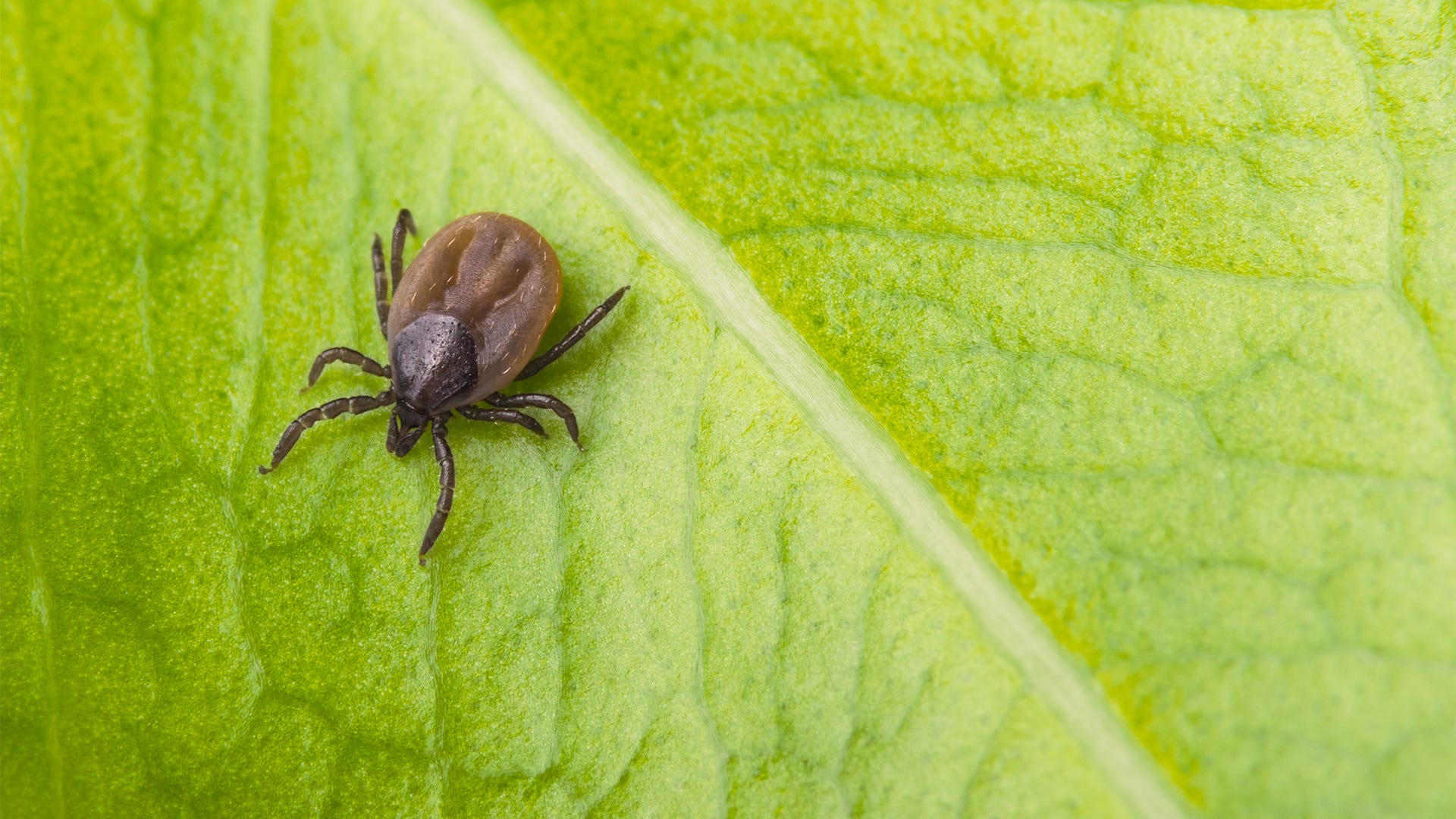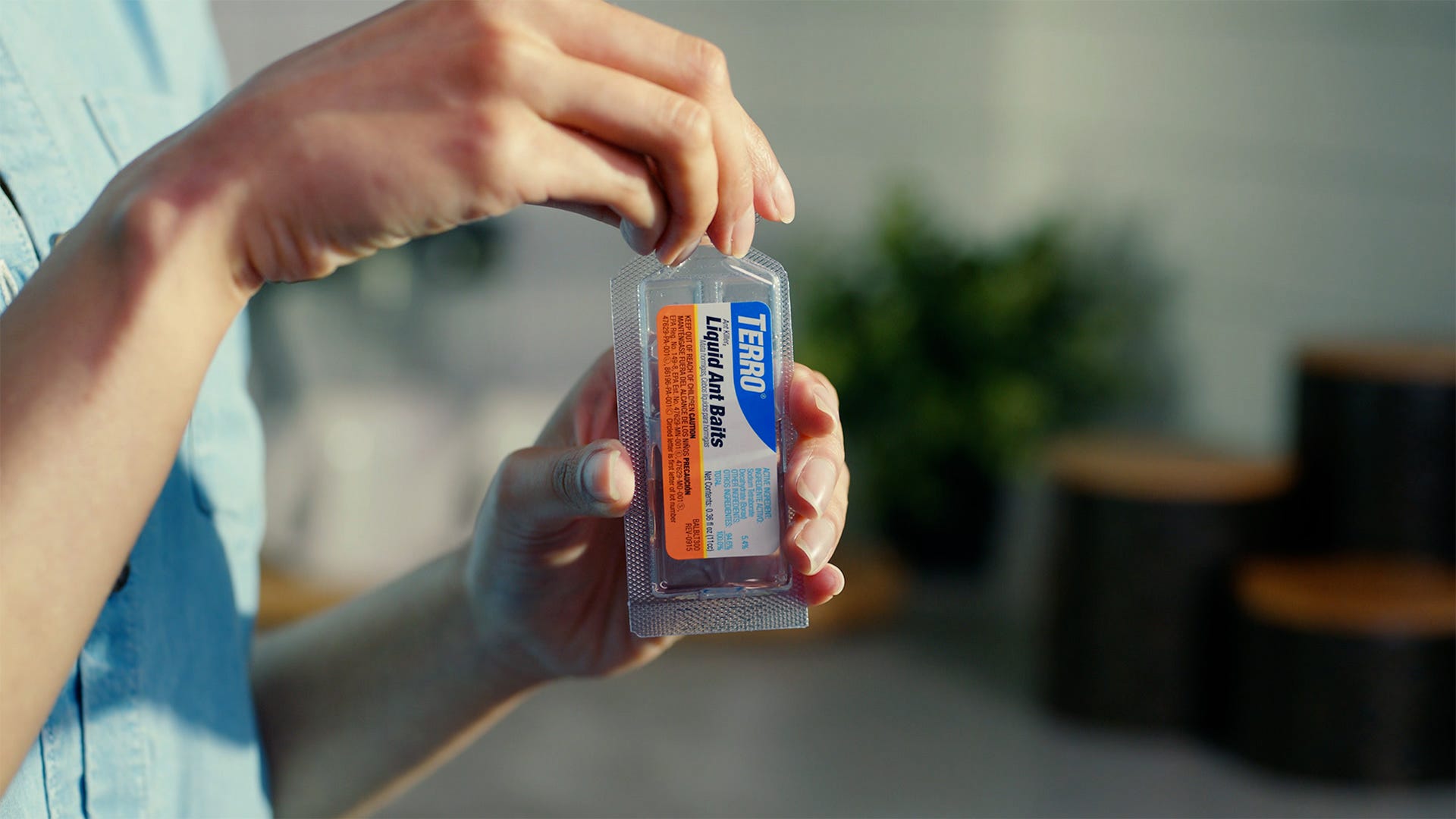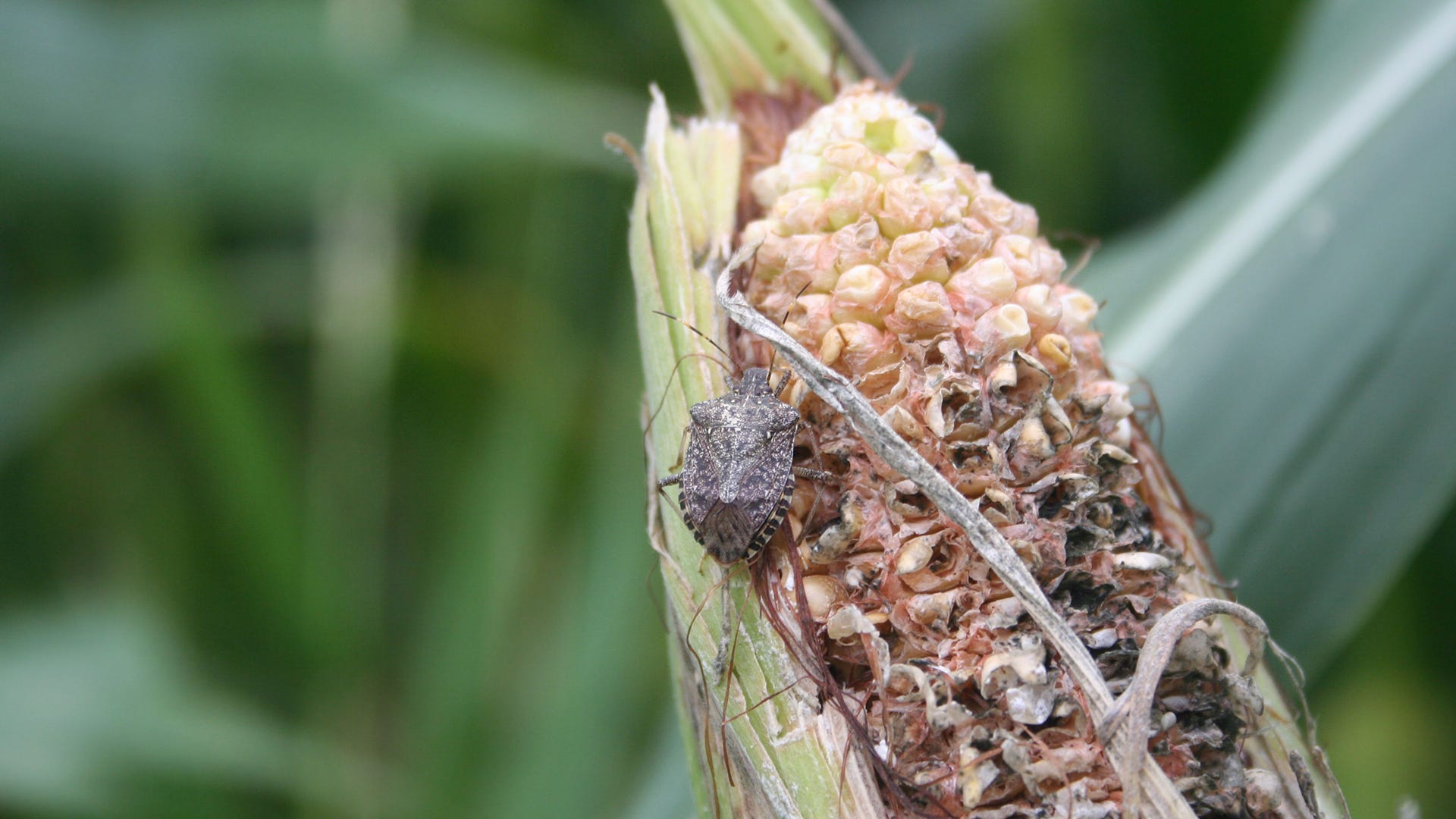Whether you have battled fleas and ticks before or if you’re new to the itchy troubles they can cause, preventing fleas and ticks calls for a comprehensive, fast-acting approach. By preventing fleas and ticks from entering your home and growing into an infestation, you can keep your family protected. Below is everything you need to know about when to expect these pests, and, most importantly, how to prevent and eliminate them.
When is Tick and Flea Season?
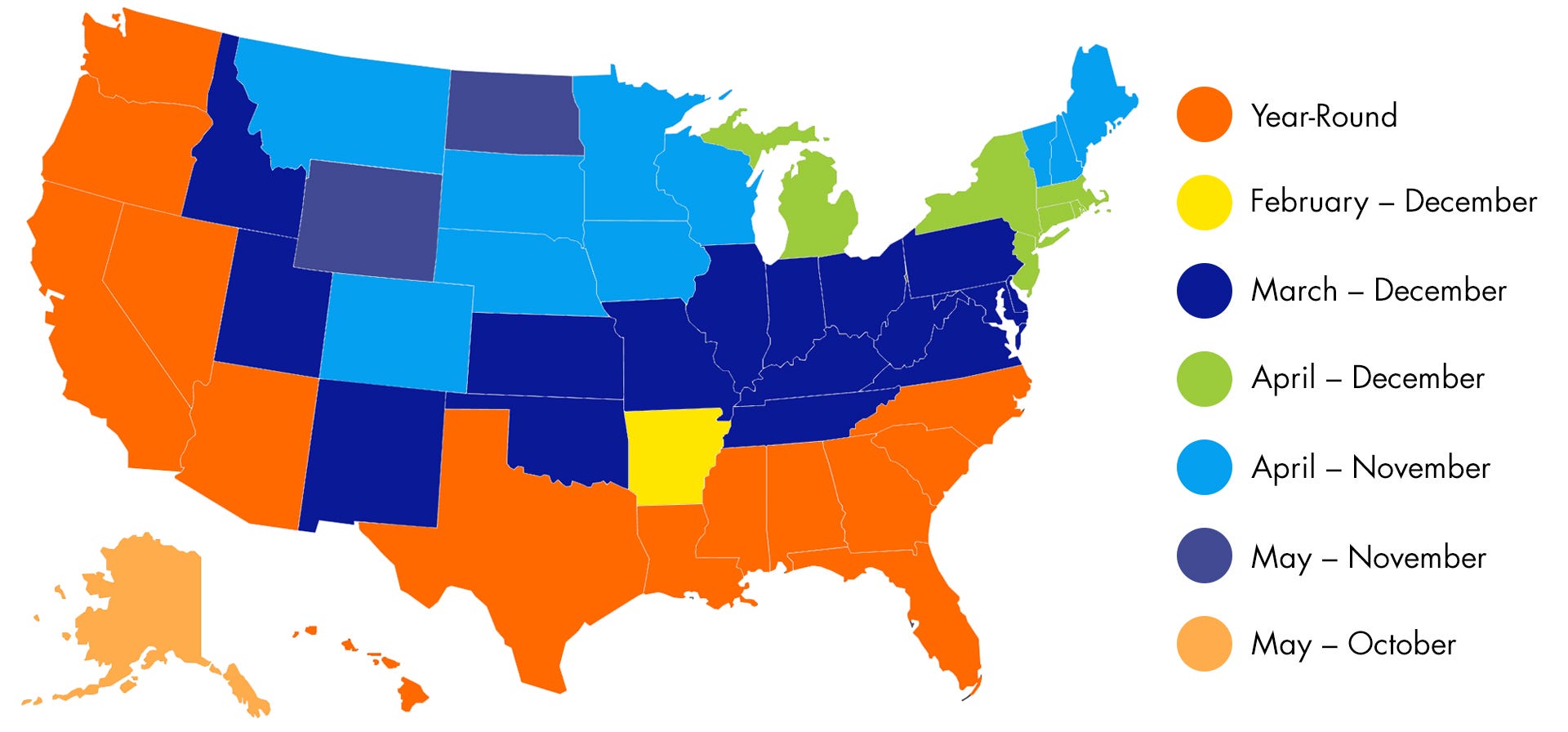
Unfortunately, fleas and ticks can be active year-round, especially if you live in a warmer climate. Fleas and ticks are tough little creatures and can survive temperatures as low as 30℉ and thrive when temperatures are between 70-80℉ or warmer. Fleas don’t particularly enjoy colder weather, but they can survive, especially if they have taken up residence in your warm home. Ticks are slightly more seasonal but can remain active all year, especially if they have latched on to a live host. Some ticks will go dormant during the winter months and emerge again when the weather begins to warm. While you might not see them as much, you still need to be prepared against their bites.
Preventing Fleas & Ticks
Preventing itchy bites and alarming illnesses is much more preferable to dealing with them after the fact. Fleas and ticks are an inevitable part of going outdoors, but there are plenty of steps you can take to keep them away from you and to prevent them from coming indoors with you. Below are some of the best strategies you can use to keep these creepy pests away.
- Keep Pets Flea & Tick Free -- Consult with your vet on the best way to keep fleas and ticks away from your pets, as this is a very common way these pests find their way into homes. Regularly brushing and bathing your pets will also allow you to identify any bites, flea dirt, or ticks so you can act swiftly.
- Regularly Wash Pet Items -- Pets shed more than you would ever think possible. Wash any blankets or pet beds regularly to keep their piles of hair to a minimum since fleas and ticks can use them to hide in.
- Keep Your Lawn Manicured -- Any lawn clippings, leaves, or other debris provides shade that protects fleas and ticks from drying out in the hot sun. Regularly clean your lawn of these items to keep potential habitats to a minimum.
- Remove Wild Animals from Property -- Wild animals are more likely to suffer from flea and tick infestations than house pets. The more wild animals you have roaming your property, especially deer, the more likely the population of fleas and ticks will increase. Use humane traps and repellents from our sister brand, Havahart®, to effectively get them out and keep them out.
- Eliminate Mouse Habitats -- Ticks usually pick up the bacteria that causes Lyme disease from mice. Clean up fallen birdseed, manicure your lawn, and remove piles of wood that mice regularly inhabit. Victor®, another sister brand of Terro®, is the leading expert in mouse control and offers a variety of traps and repellents to keep their populations low and controlled.
- Keep Shrubs and Bushes Away from Foundations -- Fleas and ticks can use any shrub as a place to hide. For fleas, those shrubs are a quick jump away from your doorstep. For ticks, they are an ideal place to wait for someone to brush against their hiding spot, so they can latch on. Keep bushes or other greenery several feet away from the foundation of your home to keep the chances of contact low.
- Vacuum Regularly -- While vacuuming won’t put a dent in adult populations, fleas and ticks can and have used rugs and carpets to lay their eggs. Keep infestations from getting out of hand by protecting yourself against all life stages of these pests. Regularly vacuuming can lower populations and prevent a new generation of pests from hatching.
- Conduct Regular Checks -- If you or your pet have ventured outdoors, always check yourself, your pet, and anyone else who went outside. It’s always best to catch ticks before they have a chance to bite. Regularly checking your pets for fleas is another great way to ensure no one else in the family gets them too. Place a TERRO® Flea Trap on the floor in areas where fleas are common so you can be alerted at the first signs of an infestation.
- Spray Your Yard – Terro® Tick & Flea Yard Spray helps protect your lawn from a wide variety of pest insects and continues to do so for up to four weeks. Your yard should be your haven, not a bug-infested area you dread using.
- Enjoy the Outdoors Safely -- Whenever you go outside always be aware of where fleas and ticks lurk. Wearing long-sleeved shirts and long pants tucked into boots when hiking won’t allow ticks to make contact with your skin. You can also keep yourself safe with insect sprays, remaining on the trail path, and not walking in long grass.
- Treat for Fleas and Ticks Year-Round -- Unfortunately, there are some species that just never seem to go away even in the dead of winter. That’s why keeping up with insect prevention is a year-long task. The more you do to defend your home, the less likely you will be to suffer through infestations year after year. Use flea and tick defenses both indoors and outdoors for comprehensive coverage.
- Know Where to Expect Pests -- If you know where to expect pests, you can avoid those areas to decrease your chances of a bite. Wooded areas, tall grasses, on wild animals, and even debris piles around your home could all be host to fleas and ticks.
- Use EPA-Registered Insect Repellent -- Some insect repellents can be harmful and cause irritation to the skin. Before you spray any on you and your family, look for the approval sticker from the Environmental Protection Agency to ensure the product is regulated and safe for the intended use.
- Shower After Being Outdoors for Extended Periods -- Some ticks look like moles and fleas can be too small to notice with a quick glance. Showering soon after you’ve had an outdoor adventure can help prevent bites by washing away any fleas or ticks you didn’t notice when you were checked for their presence.
Early Removal is Key
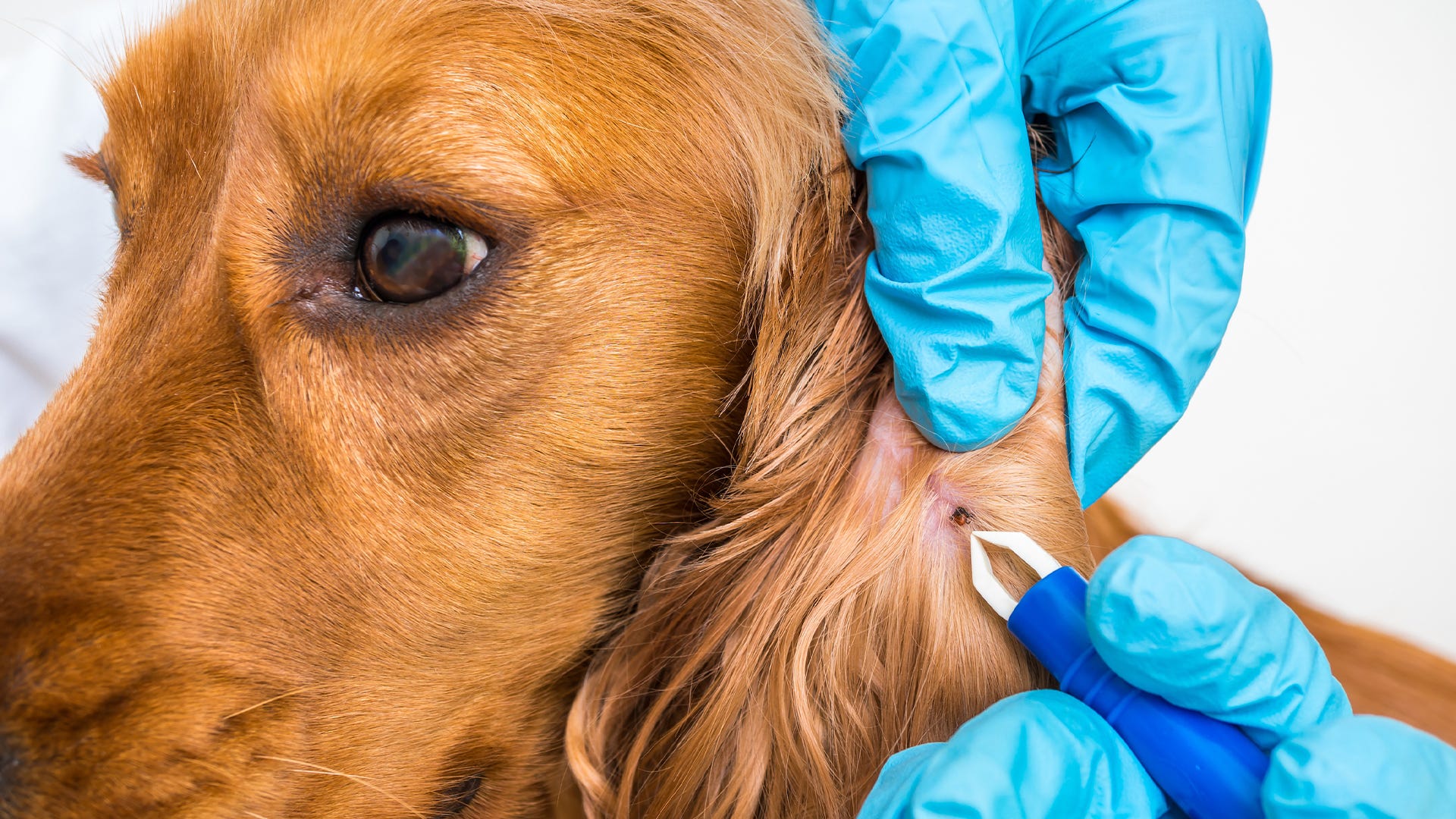
The longer fleas spend in your home, the greater the chances they have of transmitting disease and irritating allergies. The faster you notice a tick, the better. Once a tick latches on, the risk of disease transmission increases the longer it remains attached. It typically takes the bacteria that causes Lyme disease 36 hours to travel from the tick’s stomach into its human host. While not all ticks carry this disease, that is not a risk anyone should take. Always check for fleas and ticks on people and pets as soon as possible. Use tweezers to remove ticks and monitor the bite area for several days for symptoms.
Want to Share Your Experiences?
We always love hearing about your insect eliminating adventures. Share your stories, advice, or photos on our Facebook page or just join our community to see how others have used Terro® products. If you love getting coupons, exclusive sales, and updates about new, useful articles, sign up for our e-newsletter! Still have more questions? Check out our Learning Center where you can find more articles, tips, and information about tons of insects.

